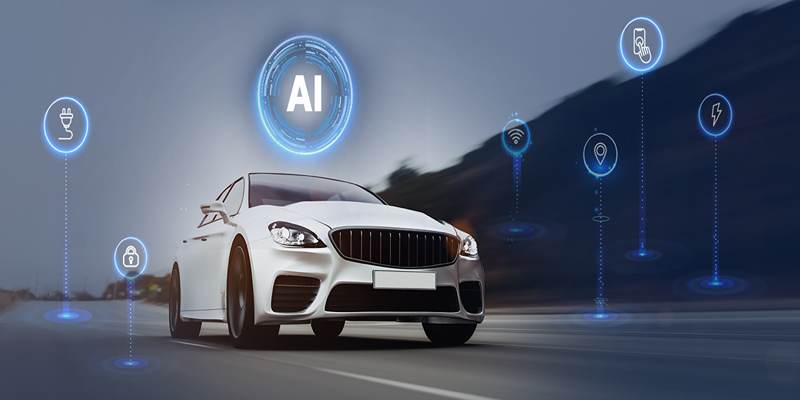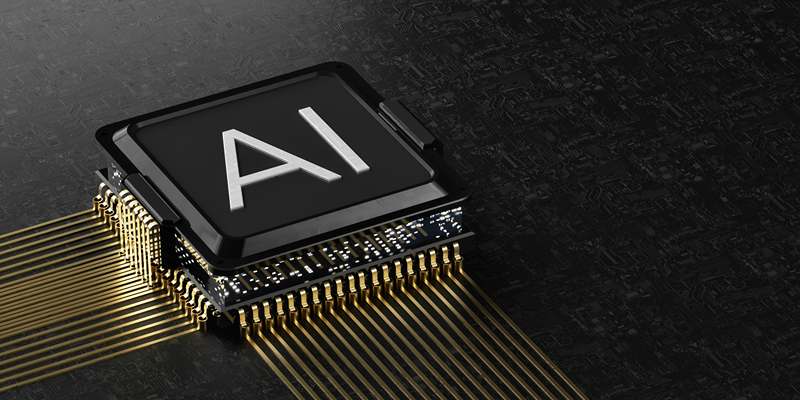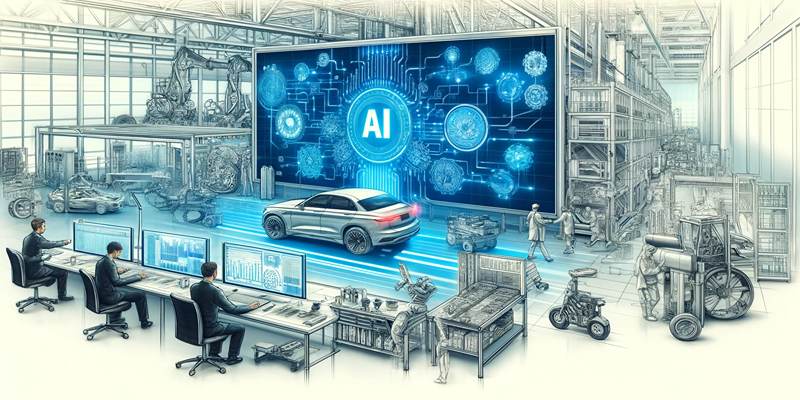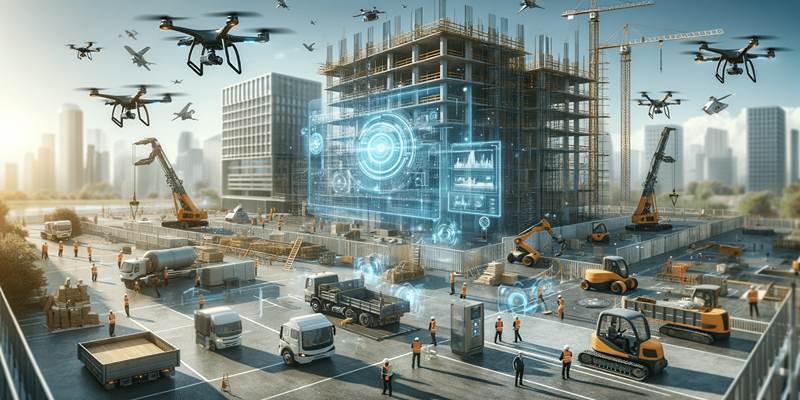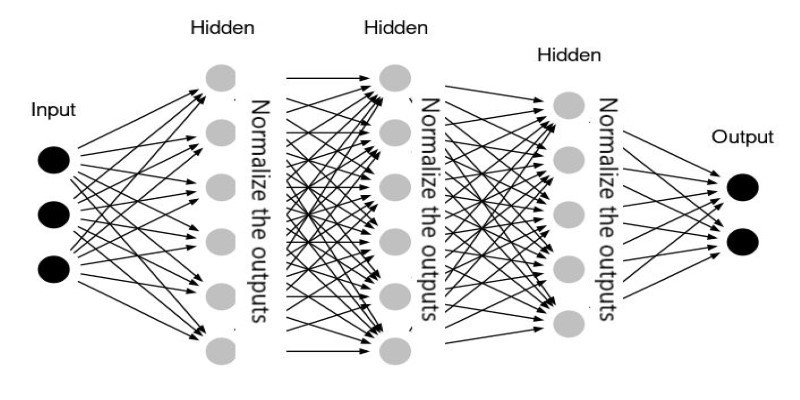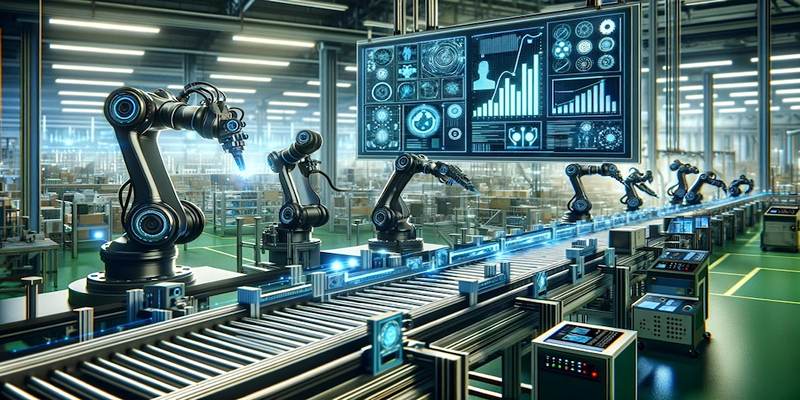Predictive maintenance has become a game-changer in how transportation systems manage vehicle upkeep. Traditional maintenance approaches often rely on fixed schedules or reactive methods. However, these strategies can lead to unexpected breakdowns or unnecessary part replacements. Today, artificial intelligence (AI) is reshaping this landscape by offering smarter, data-driven maintenance solutions that prevent issues before they even happen.
By using sensors, machine learning algorithms, and real-time data analysis, AI is enabling transportation companies to keep their vehicles running longer, safer, and more efficiently. Let’s explore how this technology is transforming the world of predictive maintenance in transportation systems.
What is Predictive Maintenance?
With predictive maintenance, data and complex algorithms are used to figure out when a vehicle or piece of equipment will need repair. Instead of waiting for something to go wrong, AI can help spot problems before they become big problems. AI can find trends and problems in a system by getting real-time data from many sensors and analyzing it using machine learning models. It lets the repair teams fix problems before they cause costly breakdowns or put people in danger.
How AI is Transforming Predictive Maintenance in Transportation
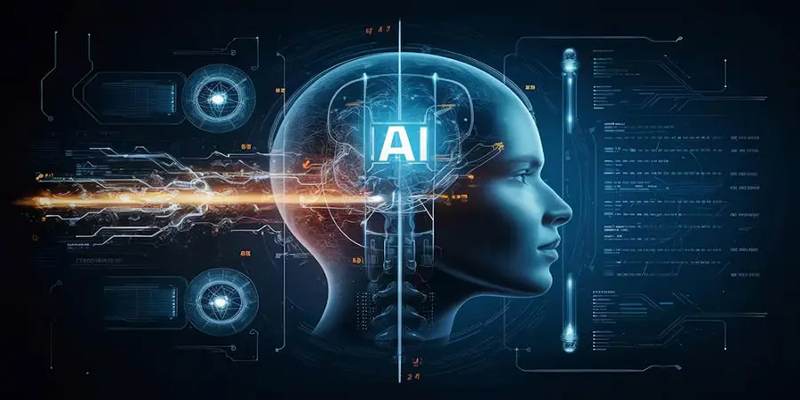
Artificial intelligence (AI) has quickly become an important part of predictive maintenance in many fields, including transportation. How AI is changing things:
Real-Time Data Collection and Analysis
A lot of different sensors are built into transportation systems to constantly collect information about parts like engines, wheels, and brakes. In real-time, AI programs look at this data to see if any changes or abnormalities could mean something is wrong. Because AI is always watching these systems, it can find problems much earlier than standard methods.
- Sensors on vehicles collect data on engine temperature, tire pressure, fuel consumption, and brake performance.
- AI models analyze this data and identify early signs of failure, such as overheating engines or worn-out brakes.
Predicting Failures Before They Happen
One great thing about predictive maintenance driven by AI is that it can tell you when certain parts will need to be serviced or replaced. AI models can guess when a part will break by looking at past data and finding patterns. It is possible by looking at how often the part is used and how much wear and tear it has.
- For example, AI can predict that a vehicle's brake pads will need to be replaced after a certain number of miles, allowing maintenance teams to address the issue proactively.
- Similarly, in aviation, AI can predict engine failure before it happens, giving enough time for technicians to perform repairs.
Cost Reduction and Improved Efficiency
By shifting from reactive to predictive maintenance, transportation companies can save a significant amount of money. The cost of repairing a vehicle after a breakdown is typically much higher than performing routine maintenance. Moreover, AI helps reduce unnecessary inspections and repairs by focusing only on parts that need attention.
- Lower maintenance costs: Predictive maintenance minimizes downtime and reduces the need for frequent, expensive repairs.
- Increased vehicle lifespan: With timely interventions, vehicles last longer and operate at their optimal efficiency.
Applications of AI in Different Transportation Modes
AI-driven predictive maintenance is being applied across various transportation modes, each benefiting from AI’s ability to forecast maintenance needs.
Railways
In the rail industry, trains are vital for transporting both people and goods. However, delays caused by train breakdowns can have severe consequences. AI-powered predictive maintenance systems are helping to keep trains running smoothly by monitoring key components such as engines, tracks, and signaling systems.
- AI analyzes data from sensors to monitor vibrations, engine performance, and track conditions.
- Maintenance teams are alerted to issues such as rail wear or signaling malfunctions before they cause delays or accidents.
Aviation
Airlines rely heavily on predictive maintenance to ensure the safety of their aircraft and minimize disruptions. AI systems monitor various aspects of an airplane, including engine performance, fuel consumption, and cabin pressure.
- Airlines use AI to predict when certain parts need replacing, such as aircraft engines, turbines, and brakes.
- It reduces unexpected flight delays and enhances passenger safety.
Maritime Transport
In maritime transport, large fleets of ships must remain in excellent condition to ensure safe and efficient operations. AI-enabled predictive maintenance allows shipping companies to monitor vessel performance remotely, identifying potential issues early and reducing the risk of unexpected breakdowns.
- AI systems track factors such as engine performance, hull integrity, and fuel efficiency.
- By predicting when maintenance is needed, shipping companies can avoid costly downtime and improve operational efficiency.
Benefits of AI in Predictive Maintenance
Implementing AI in predictive maintenance offers several benefits for transportation systems:
Reduced Downtime
By anticipating maintenance needs, AI minimizes unplanned downtime, which can be costly and disruptive. Whether it's a train, bus, or aircraft, predicting when and where issues will arise ensures that the vehicle remains in operation for longer periods.
Improved Safety
AI helps prevent failures that could pose a safety risk. For example, AI-powered systems can identify wear and tear on crucial components like brakes, tires, or engines. This early warning allows technicians to fix issues before they compromise passenger safety or cause accidents.
Cost Savings

By identifying potential issues before they become serious problems, AI-driven maintenance prevents expensive repairs, reduces unnecessary maintenance work, and extends the life of vehicles and equipment. It leads to significant cost savings over time.
Conclusion
AI is transforming predictive maintenance in transportation systems by helping to predict failures before they occur, reducing downtime, enhancing safety, and improving overall efficiency. While there are challenges to overcome, the potential benefits of AI-driven predictive maintenance are clear. As technology advances, the role of AI in transportation systems will continue to grow, making travel safer and more efficient for everyone.


